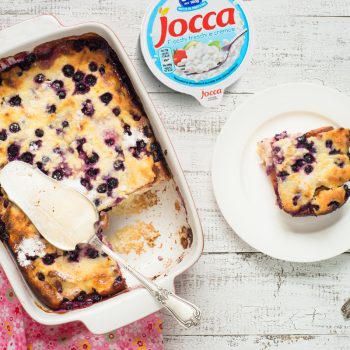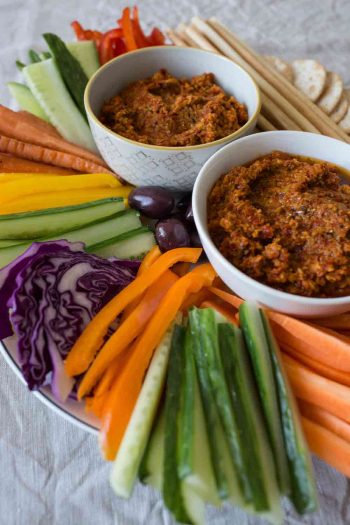The most popular flour for bread after wheat flour is rye flour. It contains less gluten so rye breads such as pumpernickel are heavy and dense. If you try to make a rye dough, you will find it is sticker than a wheat dough and it does not mean that your recipe is wrong. To make a lighter loaf you will need to mix rye flour with regular wheat flour.
With all the products available on the market, how do you identify what you need?
Light rye: this is nearly white with a fine texture. It is low in protein and high in starch content.
Medium rye: this is slightly darker as it is milled straight from the whole grain with some of the bran content removed. It is higher in protein than light rye.
Dark rye: this has a lower starch content than the previous two. It comes from the part of the kernel that is closest to the bran.
Whole rye flour: this is made from the whole rye kernel and includes the bran.
Rye meal: is also referred to as pumpernickel flour. It is dark, coarse and heavy and is made from the entire grain. Very often it is packaged as flakes rather than ground into a flour.
Rye blend: this is usually made up of a mix of rye flour and strong bread flour (00).
Why choose Rye?
- It promotes weight loss as it gives a feeling of fullness.
- It is high in fibre and helps to prevent the development of gall stones.
- It lowers the risk of Type 2 Diabetes as it helps to produce enzymes that increase the efficiency of glucose and insulin in the body.
- It helps to fight cardiovascular disease.
- It promotes a healthy digestive system.
- It contains powerful anti-oxidants that help to prevent disease.
I will be publishing more of my rye recipes and this is a great one for a start: Rye cookies
Did you enjoy this article? Leave your comments below and please rate and share to help us bring you more of the recipes you like.




















